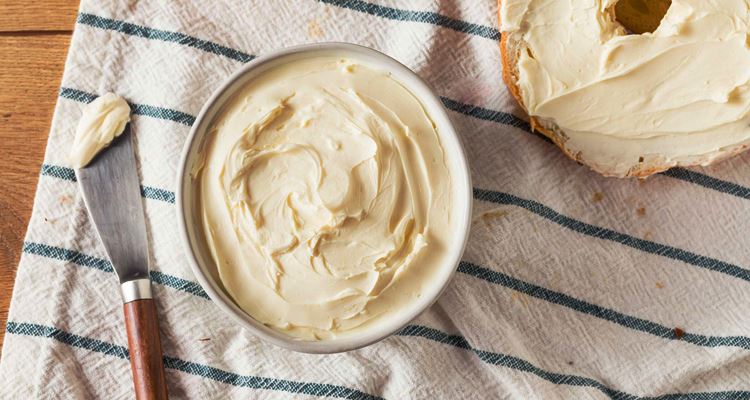Here are some things to know about cream cheese and recipes where you can use this.
CREAM CHEESE – This is how cream cheese is produced and what are the recipes you can make that include this as an ingredient?
Made from unskimmed cow’s milk is cream cheese which has a fresh and soft mild taste. It is also slightly salty and sweet with a pleasant tang and is a combination of cream and milk and the cheese has a high-fat content. It has at least 33 percent fat content and the United States Food and Drug Administration requires it to be not more than 55 percent moisture in standard.

Apart from its taste, it is well-liked for its mild flavor and texture that seemingly just melts in the mouth. At room temperature, it can be spread on bread.
However, this is widely and usually seen being used in cheesecakes, frostings, dips, toppings, sweet & savory dishes, and desserts to enrich their flavors. It is also used to make flavourful desserts mixed usually with blueberries, raspberries, and kiwis.
This cheese was created in 1872 in New York state by an enterprising dairyman. It was produced under the name “Philadelphia Brand” and Kraft Foods bought the company in 1928.
Nowadays, it can be availed either in full-fat, low-fat, or nonfat versions and may also come in various flavors mixed in herbs, vegetables, fruit, or smoked salmon.
Italian soft cheese mascarpone and Boursin of Normandy actually have a similar taste to this cheese.
According to a post from BBC Good Food, here are some ways you can consume your leftover cream cheese:
- for breakfast omelet to give your eggs a creamier taste
- as a topping for your cakes and other pastries to create a soft and pleasant icing
- for your sandwich as it is best paired with smoked salmon, ham, chicken, turkey, and tuna
- as a silky frosting for your cake, a little of this with icing sugar and butter can go a long way
- melted portions of this can add additional smoothness to your sauces
28 grams of the regular ones have the following nutritional content:
- Calories: 99
- Protein: 2 grams
- Fat: 10 grams
- Carbs: 2 grams
- Fiber: 0 grams
- Vitamin A: 10% of the Daily Value (DV)
- Riboflavin (vitamin B2): 5% of the DV
Meanwhile, it also has some downsides. Apart from having a low shelf-life, it has also low amounts of protein, significantly low compared to the amount found in other forms of soft cheese like brie and goat cheese. To make sure you get proper amounts of protein, eat other food like meat, fish, eggs, beans, lentils, and other dairy foods.
READ ALSO:
What can you say about this? Let us know!
